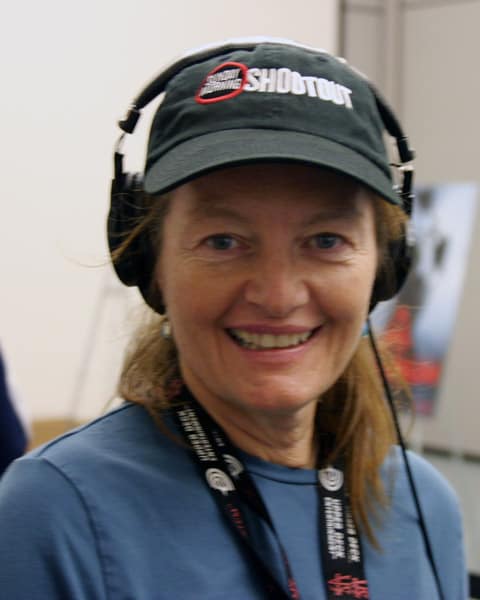Broadcast Crews vs. News Crews:
Behind the Lens of Two Distinct Production Styles
By Patty Mooney | Crystal Pyramid Productions
When most people see a camera crew out in the field, they might assume the teams are all doing the same job—point, shoot, and get the story. But seasoned video professionals know there’s a world of difference between a professional broadcast crew and a news crew. While both operate in fast-paced environments and often shoot in unpredictable conditions, the two serve different masters and follow different codes of production conduct.
The News Crew: Speed Over Polish
News crews live and die by the clock. Their mantra is “Get it now and get it out.” The pressure of daily deadlines forces them to work quickly—sometimes at the expense of finesse. Interviews are often shot where the subject is standing, regardless of background or lighting conditions. The lavalier mic might be hastily clipped, the white balance guessed, and the shot framed to “just get it done.”
They are typically hard on their gear—not by choice, but by necessity. Equipment is slung in and out of vehicles, bounced around in breaking-news situations, and expected to withstand rain, wind, and dust without complaint. News crews are the warhorses of video production, racing against time, often sacrificing elegance for urgency.
The Professional Broadcast Crew: Precision and Presentation
Broadcast crews, especially those working on corporate videos, documentaries, or network-level interviews, have the luxury—and responsibility—of slowing things down. A broadcast crew might still be “run and gun” in the field, but the difference lies in the intention behind every setup.
Lighting isn’t an afterthought—it’s a priority. These crews carefully sculpt the subject’s face with soft key lights, fill, and backlight to ensure a polished, flattering look. Sound is captured cleanly with boom mics and lavaliers that are hidden or blended artfully with wardrobe. The background is considered: is it cluttered? Distracting? Does it match the story or tone? Even in tight timelines, the broadcast crew takes a few extra minutes that elevate the footage from passable to professional.
Mindset and Mission
Where news crews focus on facts and speed, broadcast crews focus on style and substance. The news crew’s audience is looking for information fast—they’ll forgive poor lighting if they get the quote. The broadcast crew, however, is crafting a visually compelling narrative meant to build brand trust, inspire emotion, or convey a polished message to clients, investors, or viewers at home.
Equipment Handling: A Tale of Two Toolkits
News crews are notoriously tough on gear. With fast turnarounds and multiple locations a day, cameras get jostled, cables wear out quickly, and tripods get slammed shut and tossed in vans. Broadcast crews tend to baby their gear—because they depend on precision tools to get professional results. They calibrate lenses, pack lighting kits with foam inserts, and treat microphones like a violinist treats their bow.
Final Thoughts
Both crews deserve respect for their hustle. News crews are the front-line sprinters in a media marathon, and broadcast crews are the cinematographers of the communications world, sculpting light and sound for long-term impact. Understanding the difference between the two helps clients, audiences, and even aspiring videographers appreciate the unique skill sets required in each lane of the production highway.
In short: News is quantity. Broadcast is quality. And both are vital in telling the stories that shape our world.

